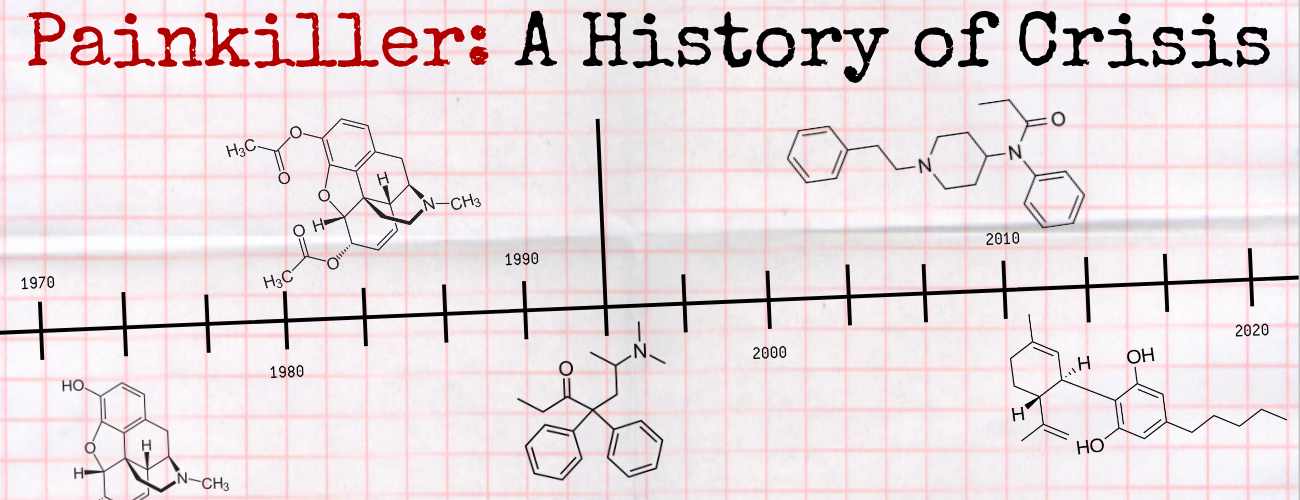Article
Introducing Painkiller: A History of Crisis
Author(s):
The expert-led narrative series will seek to answer when and how the development of opioids led to a public health crisis.
Part 1: The Defining Moments of the Opioid Epidemic
Part 2: A Perfect Storm of Missteps Brought the Opioid Epidemic
Part 3: The 3 Waves of the Opioid Epidemic
Part 4: The Balancing Act of Opioid Prescribing Guidelines
Part 5: The Future of Pain Care: CBD, CBT, and National Strategies
Part 6: How the Law Should Handle the Opioid Epidemic

Pain is one of the most difficult things to treat.
There are quantifiable measures of improvement to almost every ailment and disorder. But pain, one of the most prevalent conditions in the world, largely relies on the patient’s tolerance and ability to manage.
This fact explains the start—and the greatest challenge—of the opioid epidemic, as it enters a third decade in the US.
While there is some dispute as to when the epidemic began, experts agree that by the late 1990s, there was a problem in the US that was only getting worse.
Answering the question of why it happened is more complex.
Over the next month, the HCPLive® team is exploring the history of the opioid epidemic—from the creation of the drug class epidemic, to the later advent of fentanyl, and the eventual boom of heroin abuse.
The expert-led narrative series will seek to answer when and how the development of revolutionary painkillers led to a public health crisis, and what clinicians have learned in combatting the burden and progressing pain medicine research.
Twice-weekly through March, you can find an article here and on our homepage that will add more insight into the clinical history opioids. Whether it be through written word, audio, video, or physician-penned perspective, readers will learn about:
- The early groundwork of poor opioid regulation
- The progression into erratic prescribing patterns and illicit drug development
- The true scope and severity of overdose and addiction rates
- The proven efforts to reduce opioid prescribing
- The pain therapies and practices which hold the best hope for the future
Like pain, an epidemic is hardly quantifiable. But our hope is this retrospective look at the opioid crisis, from the lens of the physicians facing it today, reminds their peers what’s been lost, what’s been learned, and what’s left to do.
This is Painkiller: A History of Crisis.





